Quick heads-up: some of the links on this page are affiliate links. If you make a purchase through them, we may earn a small commission (at no extra cost to you). This small bit of income helps keep our site running.
Best Ultralight Backpack of 2025
This post was last updated on May 09, 2024.
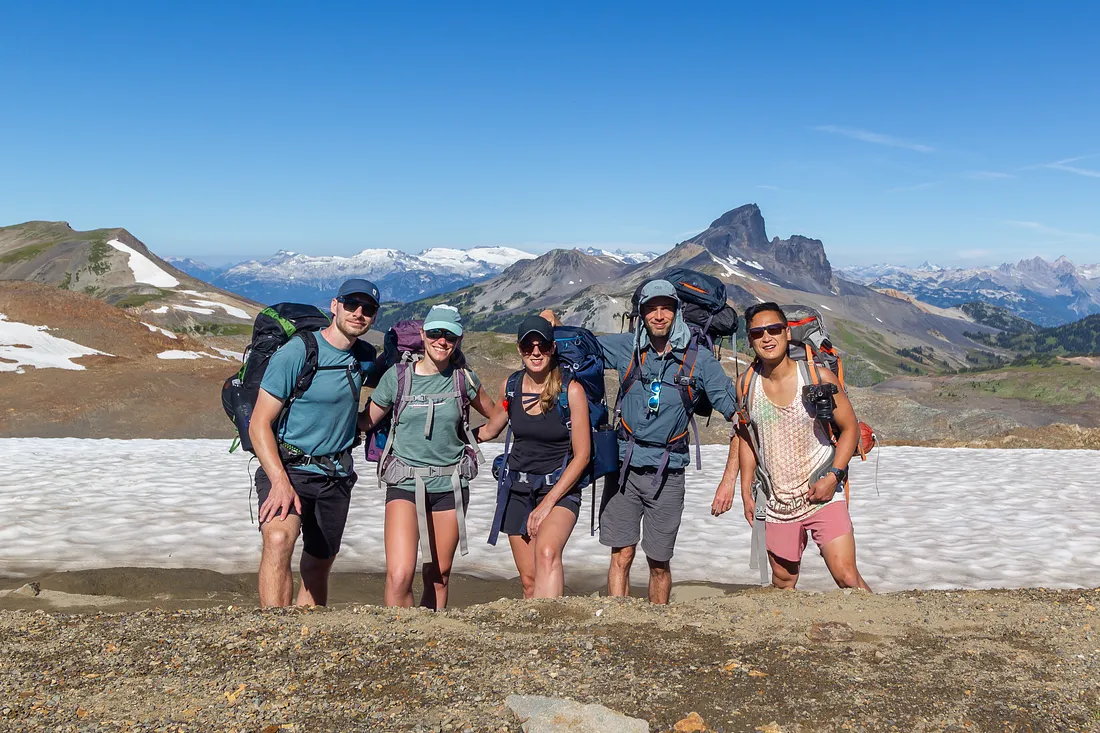
We really like a good ultralight adventure, and having a good ultralight backpack makes a lot of that possible. Finding the perfect balance of lightweight with enough structure and capacity is not easy, but we think we've done it.
We've gone on fastpacking adventures, hiked through blowing hot sand and frigid snow. We've squeezed our backpacks through dense forests and alders trying to find trails. The backpacks below are the ones that we recommend.
Our Top Recommendations
Our Top Pick
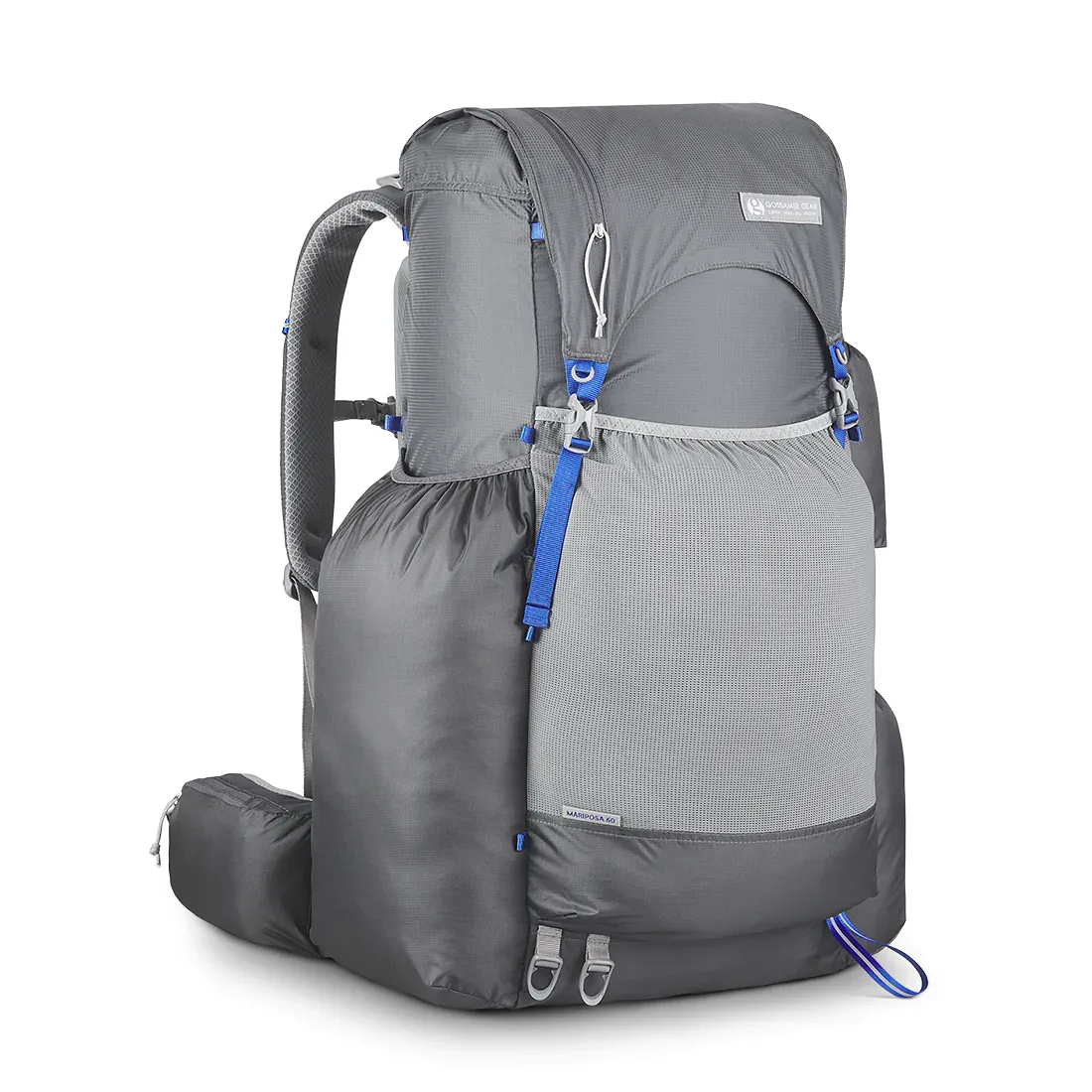
Gossamer Gear Mariposa 60
Adjustability
Comfort
Durability
Features
Weight
| Adjustability |
8
|
| Comfort |
9
|
| Durability |
8
|
| Features |
7
|
| Weight |
10
|
The Gossamer Gear Mariposa 60 takes the top spot due to its users praising its ultra-light weight and surprising spaciousness, along with its durability that withstands rugged trails without compromising on comfort.
Runner Up #1
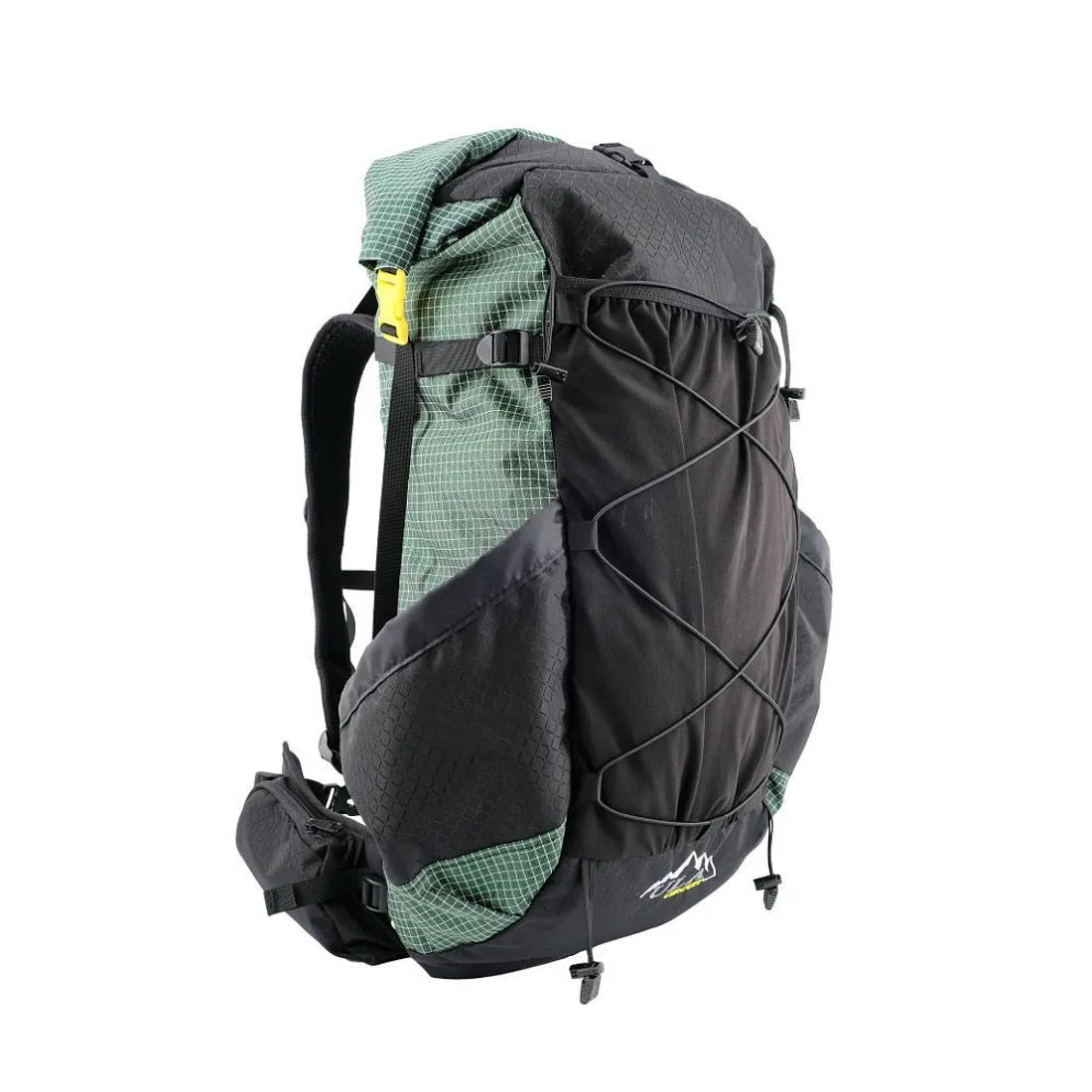
ULA Equipment Circuit
Adjustability
Comfort
Durability
Features
Weight
| Adjustability |
8
|
| Comfort |
7
|
| Durability |
8
|
| Features |
7
|
| Weight |
9
|
Fans of the ULA Equipment Circuit rave about how its amazing comfort, superior load-carrying capacity, and impressive durability make it a reliable companion for any ultralight backpacking adventure.
Runner Up #2
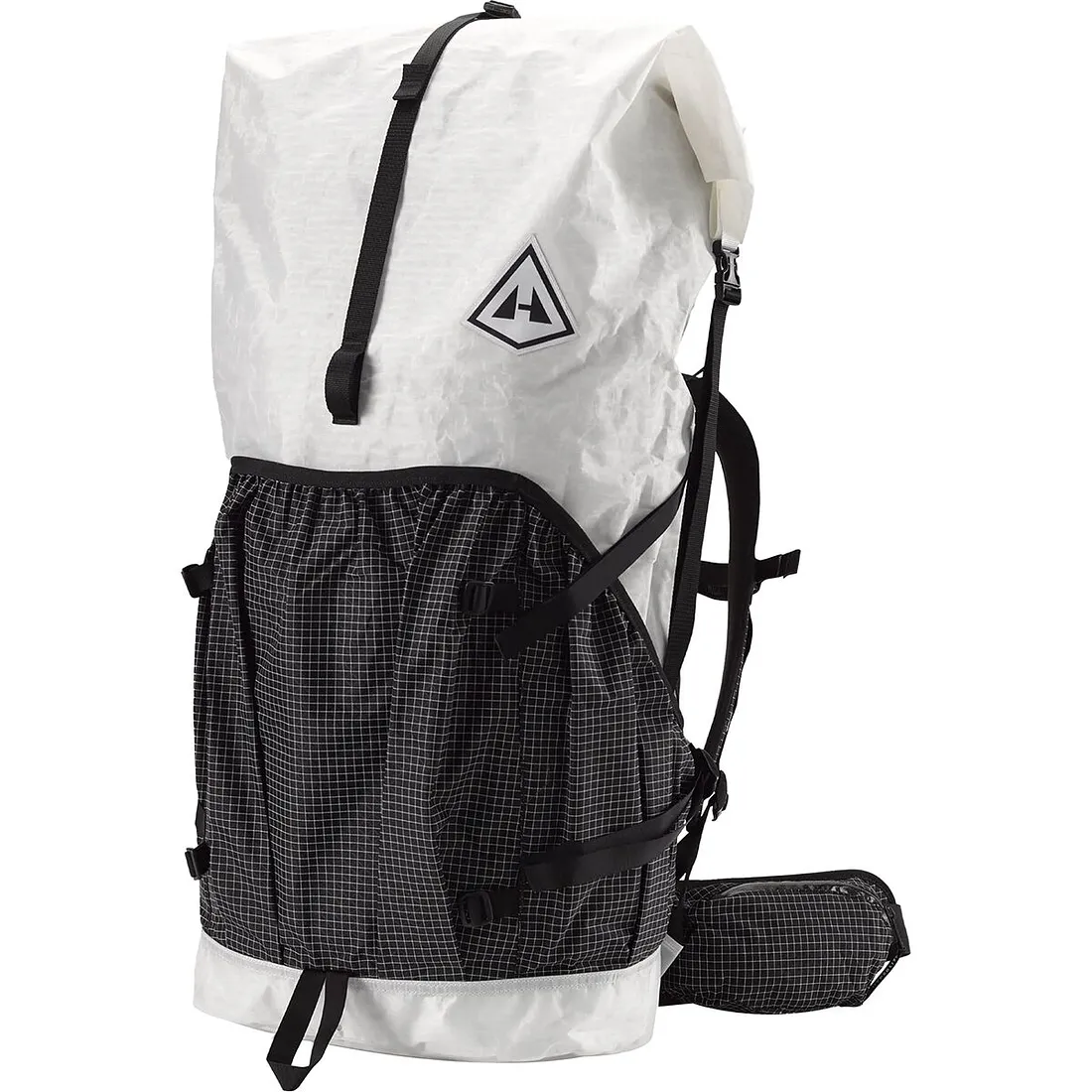
HyperLite Mountain Gear 3400 Southwest
Adjustability
Comfort
Durability
Features
Weight
| Adjustability |
8
|
| Comfort |
7
|
| Durability |
9
|
| Features |
6
|
| Weight |
10
|
The HyperLite Mountain Gear 3400 Southwest scores big with campers and backpackers for its remarkably light yet durable Dyneema material, coupled with a roomy storage capacity that doesn't scrimp on comfort, making it the perfect balance of practicality and packability.
What you should look for
(and what we test for)
Weight
When picking an ultralight backpack for outdoor pursuits like hiking or camping, pay attention to the weight - you want something feather-light yet sturdy enough to handle your gear without weighing you down.
Design and Comfort
Look for intuitive design elements like ergonomic shoulder straps, breathable material to avoid sweat buildup, and adjustable components to ensure comfort and fit during long hiking or climbing sessions.
Material and Durability
The material of your ultralight backpack should be both durable and weather-resistant, as it needs to hold its own against various elements such as rain, snow, and rough terrain over a prolonged period.
Capacity and Organization
Finally, consider the backpack's capacity and layout - it should have enough room for all the essentials and boast smart, accessible compartments to keep your stuff organized and easy to retrieve on the go.
Gossamer Gear Mariposa 60
$285.00The Best Ultralight Backpack
Based on our research and testing, we think the Gossamer Gear Mariposa 60 is the best Ultralight Backpack on the market right now, for anyone looking to play hard outside.

| Adjustability |
8
|
| Comfort |
9
|
| Durability |
8
|
| Features |
7
|
| Weight |
10
|
Reasons to Buy
- Enormous storage capacity
- Exceptionally comfortable
- Versatile with removable features
- Durable material
Reasons to Avoid
- Could be considered pricey
- Storage pockets could be more accessible
- May feel too bulky for smaller individuals
The Gossamer Gear Mariposa 60 stands out in the market of ultra-light backpacks with the perfect blend of lightweight materials and spacious design. Weighing merely 2.2 pounds, it's no wonder that hikers and backpackers rave about its feather-light attribute.
Other buyers have complimented its ample storage. It comes with a 60-liter capacity spread across seven pockets, making it a perfect companion for longer outdoor escapades. One of the unique features is the removable internal frame which increases versatility, a factor experienced backpackers have found beneficial.
On the comfort front, the Mariposa 60 has been applauded. It features cushioned shoulder straps and hip belts, which are adjustable to fit your body perfectly. Users have lauded this feature, saying it makes carrying heavy loads for long periods much less straining.
A noteworthy aspect of the Gossamer Gear Mariposa 60 is its durability. Buyers attest to the quality of the materials used, despite its lightweight nature. Its rugged ripstop nylon body and DCF bottom make it quite resilient, even in rough terrains and bad weather.
On the flip side, there have been a few concerns. Some users found the side pockets a bit high for easy access when on the move. Others wished for a top zip for the main compartment, instead of roll-top closure, for swift loading and unloading of gear.
While the price could be a slight turn-off for some (it's no cheap investment), numerous buyers have vouched for the backpack's value for money, praising its comfortable design, large volume, robustness, and revolutionizing their backpacking experience.
ULA Equipment Circuit
$279.99Runner Up
Based on our research and testing, we think the ULA Equipment Circuit is a great choice if you're looking for a ultralight backpack to go play hard outside with, if our top pick isn't quite what you're looking for.

| Adjustability |
8
|
| Comfort |
7
|
| Durability |
8
|
| Features |
7
|
| Weight |
9
|
Reasons to Buy
- Outstanding load carrying capability
- Super comfortable
- Extensive storage
- Great for long treks
- Robust and weather resistant material
Reasons to Avoid
- Design may be too voluminous for some
- Top lid not detachable
- Water bottle pockets can be hard to reach
The ULA Equipment Circuit is an ultralight backpack that’s gaining rave reviews among backpacking adventurers for its impressive blend of lightweight construction, durability, and superior carrying capacity. Built for those multi-day hike or a weeks-long expedition, this backpack does not mess around when it comes to getting the job done.
Despite tipping the scales at a feather-light 41 ounces, the ULA Circuit doesn't sacrifice on durability. Buyers speak fondly of its Robic fabric, a specialized blend that manages to combine lightweight construction with tough-as-nails resilience. It’s renowned for standing up well to wear and tear, making it a reliable choice for those who hit the trails regularly.
Comfort is another stand-out feature highlighted by users. With a well-padded back panel, the contoured shoulder straps and hip belt can comfortably handle loads of up to 35 pounds, providing ample support and reducing the likelihood of chafing – a big plus point for long-distance hikers.
Buyers also appreciate the Circuit's impressive carry capacity. With a volume of 68 liters, it offers ample space for overnight gear with some room to spare. A neat feature users have lauded is the collapsible roll-top closure, which allows for extra storage but can be rolled down to reduce the overall pack volume when needed.
Pockets abound on the ULA Circuit, side and mesh pockets providing easily accessible storage for water bottles, trekking poles, or snacks. Positive feedback was found for the top pocket which can be removed to save weight or used for easy access to trail essentials.
On the flip side, some users have commented they found the hip belt pockets to be a little on the small side, struggling to fit larger smartphones. It appears that while the bag excels in terms of weight and storage, there may be slight drawbacks when it comes to pocket sizing.
Another point of contention was the lack of an included rain cover. While the backpack itself is constructed with water-resistant Robic fabric, some users expressed desire for an additional layer of protection when mother nature decides to open the heavens. This, however, is a minor quibble and readily solved with an inexpensive, separate purchase.
HyperLite Mountain Gear 3400 Southwest
$399.00Runner Up
Based on our research and testing, we think the HyperLite Mountain Gear 3400 Southwest is a great choice if you're looking for a ultralight backpack to go play hard outside with, if our top pick isn't quite what you're looking for.

| Adjustability |
8
|
| Comfort |
7
|
| Durability |
9
|
| Features |
6
|
| Weight |
10
|
Reasons to Buy
- Extremely durable
- Weather resistant design
- Made from high quality materials
- Good storage capacity
- Comfortable for long hikes
Reasons to Avoid
- Relatively pricey
- Not for beginners
- Lacking in extra pockets
The HyperLite Mountain Gear 3400 Southwest is a real gem in the arena of ultralight backpacks. This backpack stands out among the competition for its superior weight-to-volume ratio. It's unbelievably light on the shoulders, yet manages to provide ample space for all your gear in its 55-liter capacity. The seriously lightweight power comes from the use of Dyneema Composite Fabric, known for its exceptional strength and durability.
What really sets the 3400 Southwest apart, and what many previous buyers rave about, is its resilience in all kinds of tricky weather conditions. This backpack could easily be your trusty companion whether you're hiking through a rainstorm or manoeuvring your way through a dry desert. The water-resistant feature really works wonders and the external, hard-wearing material rebuffs any light scratches.
Comfort was a high scoring trait for the 3400 Southwest amongst online reviewers. The well shaped and designed shoulder straps distribute weight evenly, providing much-needed comfort on those long treks. Adaptive fit hip belts and universally comfortable padding work together to make this bag a delight to wear.
One slight hiccup many users mentioned was regarding the limited amount of external pockets. While the backpack does have beneficial side pockets, it lacks outer small pockets for those pieces of gear - water bottle, snack bars, map - that hikers like to keep easily accessible. This is something to consider if quick-access pockets are a must-have for your hiking comfort.
Despite minor drawbacks, the HyperLite 3400 Southwest seems to be a unanimous favourite for serious backpackers. Users praised its versatility, its excellent build quality and of course, how wonderfully light it is. It's safe to say that this backpack is recommended by many real-world adventurers who need a dependable, functional, and lightweight solution for their journeys.
Prices
Gossamer Gear Gorilla 50
$255.00Best Budget Ultralight Backpack
Based on our research and testing, we think the Gossamer Gear Gorilla 50 is a great pick if you're looking for a ultralight backpack that is more budget friendly, without sacrificing too much in quality.
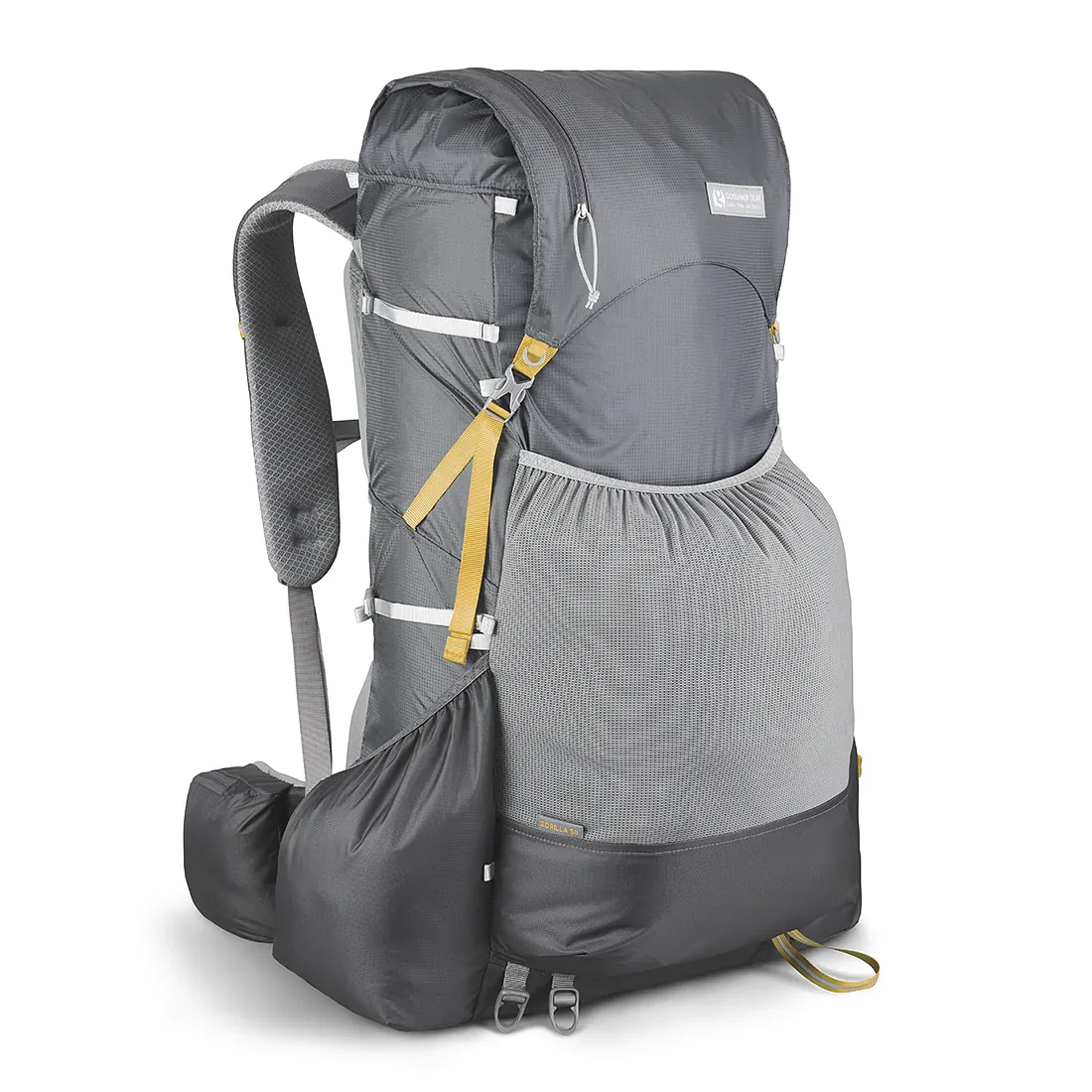
| Adjustability |
7
|
| Comfort |
7
|
| Durability |
9
|
| Features |
6
|
| Weight |
8
|
Reasons to Buy
- Affordable for the quality
- Ample storage capacity
- Durable and strong materials
- Comfortable for long hauls
- Lightweight for an ultralight backpack
Reasons to Avoid
- Not suitable for heavy loads
- Not as many bells and whistles as some packs
- Can take some time to adjust straps for comfort
The Gossamer Gear Gorilla 50 scores major points when it comes to the perfect blend of low weight and high functionality. It's pretty impressive how this bag, weighing just over 2 pounds, manages to dish out a whole buffet of features that both novice and veteran backpackers can enjoy.
One thing almost everyone seems to rave about is its comfort. Doubling down on comfort, the bag sports contoured shoulder straps and a hip belt that's easily adjustable, ensuring a snug fit whether you're petite or more on the burly side. Plus, the padded back panel, despite being simple in looks, punches well above its weight in providing comfort even during long treks.
And oh boy, does this baby know how to stylize utility! Be it the sizeable external pocket for storing everything from maps to munchies, or the interchangeable hip belt pockets perfect to store hand-helds and other small items, this bag makes heavy loads and cluttered storage a long-gone cry of yesteryears.
The durability of Gorilla 50 has also drawn many buyer's attention. Its main body made out of a high-tensile nylon fabric strikes an impressive mix of featherweight lightness and bear-like toughness. It seems quite capable of tackling the trifecta of dirt, dust, and downpours with ease.
Of course, no product is without its faults and the Gossamer Gear Gorilla 50 is no exception. Some folks have voiced concerns about the bag's side pockets being a tad difficult to reach while walking. Furthermore, this pack takes a bit of a hit when it comes to packing large-volume items. The restricted space does make it challenging to fit in that extra-large sleeping bag or your favorite panama hat.
However, the majority of users who favor the ultralight philosophy sing praises of the bag's lightweight design, efficient storage compartments, and comfortable wearability. The occasional gripe aside, the Gorilla 50 seems to stake its claim in the budget niche and does it with confidence and style.
Gossamer Gear Kumo 36 Superlight
$170.00Best Ultralight Backpack for Fastpacking
Based on our research and testing, we think the Gossamer Gear Kumo 36 Superlight is a solid choice if you want a ultralight backpack that's really well suited to Fastpacking.

| Adjustability |
7
|
| Comfort |
8
|
| Durability |
7
|
| Features |
6
|
| Weight |
9
|
Reasons to Buy
- Rugged construction promises durability
- Comfortable to carry
- Excellent value for price
- Suitable for fastpacking adventures
- Practical storage capacity
Reasons to Avoid
- Basic design may lack some fancier features
- Some found the shoulder straps uncomfortable on long trips
- Lack of internal frame may make heavier loads less stable
Every superlight enthusiast knows that a backpack can make or break your adventure. The Gossamer Gear Kumo 36 Superlight has emerged as one of the champions in the fastpacking world. It's easy to see why, weighing in at a mere 20.75 oz (588 g), this backpack provides the practicality of carrying essentials for a multi-day trip without weighing you down.
The Kumo is a hit amongst fastpackers for its simplicity and functionality. Users have praised its unisex design and the adjustable sit pad that doubles as a comfy camp seat. Not only does it provide additional back support, it also increases the backpack's versatility - a feature that is highly valuable for minimalist adventurers.
The backpack's main compartment offers ample packing space, it's a cavernous 36 liters! Moreover, it's equipped with a drawstring closure and top strap to secure your load - all geared towards making your trip more pleasant.
Users have expressed their delight with Kumo's wide shoulder straps. Generously padded, they distribue the load uniformly across the shoulders, adding to the overall comfort. Plus, they house multiple pockets, providing quick access to snacks, maps or any other on-trail essentials.
However, every rose has its thorn. A few users have pointed out that due to the backpack's ultralight nature, it might not endure the weight capacity of more ambitious hikers. Additionally, it is not as rigid as other options which might be a concern when carrying oddly-shaped items.
While its lack of internal frame requires thoughtful pack arrangement, the users didn't mind this trade-off for the lightweight advantage. Apart from its minimalist design, some also noted that its water resistance could be improved. However, they mitigated this by using a pack cover or liners.
In terms of comfort, adaptability, and functionality, the Kumo 36 Superlight clearly earns its place as a fastpacking favorite. This backpack isn't about the bells and whistles. It's about stripping back to basics and focusing on what's important - moving fast and light through your adventure.
Related Posts
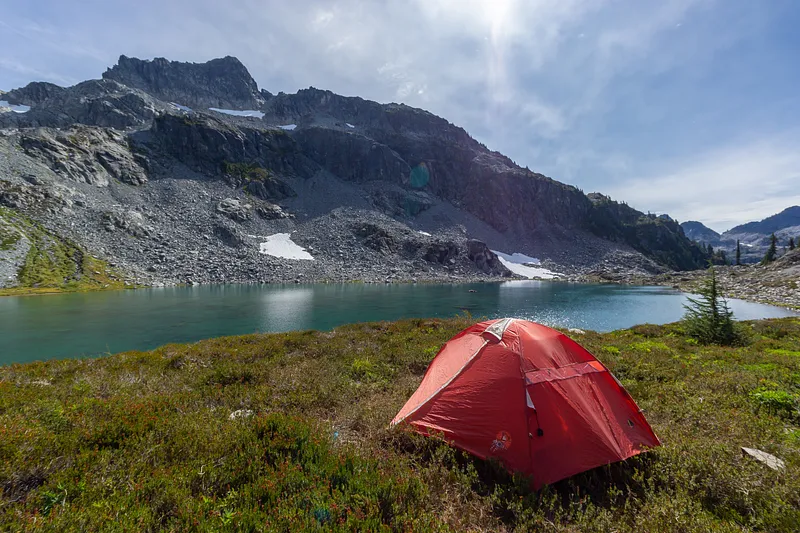
Attention to all outdoor adventurers, it is time to ready your gear for your next backpacking trip, and we are here to guide you in one of the crucial choices: a sleeping bag. Unarguably, the...

The right backpack can make even a heavy load feel pretty reasonable. But the wrong backpack can make you feel like you're carrying around a sack full of potatoes. It's important to get a backpack...

A good backpacking tent is a critical piece of gear for enjoying yourself in the outdoors. And you may think that tents are mostly alike, but there is a huge difference between a good backpacking...
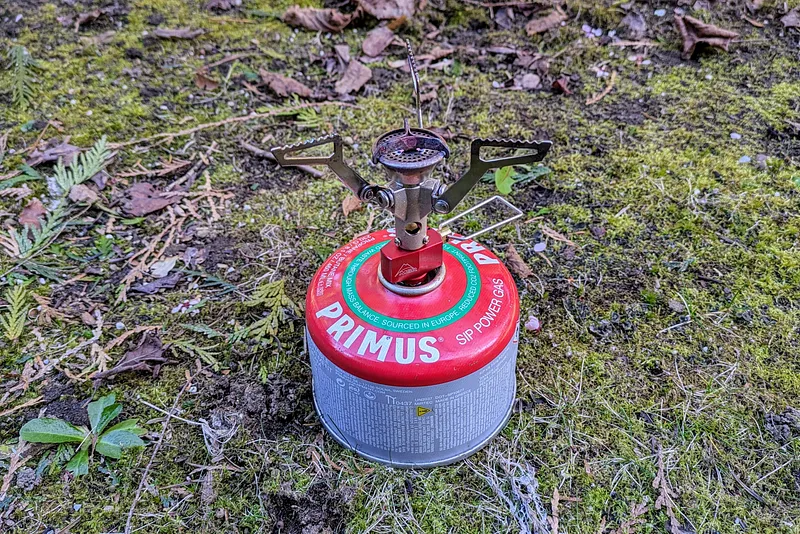
When it comes to backpacking, every gram counts. That’s why the cooking stove you choose to carry can make all the difference between an enjoyable meal out in the wilderness and a burdensome...

A good backpacking backpack will go far with you and can last years, but getting the right one is also important. If you don't get something comfortable, that fits you reasonably well, you might be...

If you're an outdoor enthusiast, you realize that the beauty of nature comes with its challenges - particularly when it comes to sourcing drinking water. While water bodies scattered across hiking...
